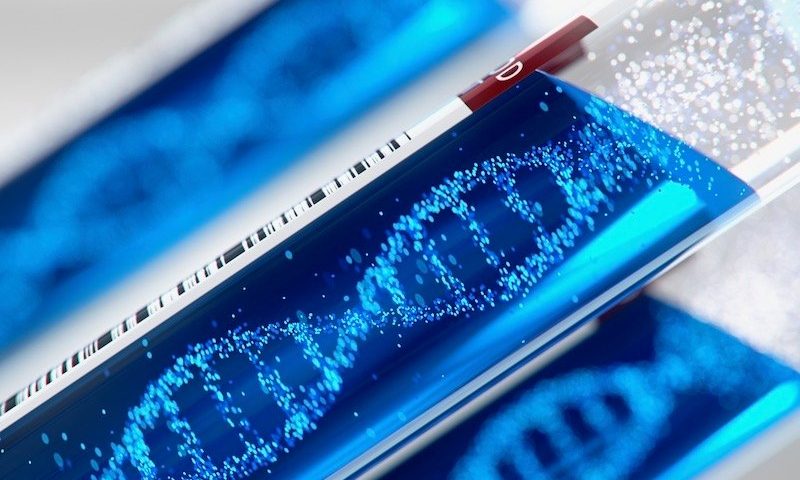Taysha Gene Therapies is mulling tweaks to its immunosuppression regimen after the first recipient of its gene therapy died. The death overshadowed positive biomarker data on Taysha’s treatment for infantile onset GM2 gangliosidosis, a severe neurodegenerative disease.
According to Taysha, TSHA-101 is the first bicistronic vector in clinical development. The approach means TSHA-101 is designed to cause expression of two genes, HEXA and HEXB, that encode for subunits of the Hex A enzyme. Mutations in HEXA and HEXB are responsible for the clinically indistinguishable Tay-Sachs disease and Sandhoff disease, respectively. Taysha wants to create a single gene therapy that treats both diseases.
The data drop provides early evidence that Taysha may be on the right path. Hex A enzyme activity in the Sandhoff patient climbed to 190% of normal after one month and kept rising to hit 288% of normal by the third month. Natural history data show Sandhoff patients have activity levels of 5% of normal, at most, leading Taysha to calculate the month one and three figures represent 38-fold and 58-fold jumps in activity, respectively.
Taysha saw a smaller, but potentially still clinically significant, rise in the Hex A enzyme in the Tay-Sachs patient. After one month, enzyme activity was 25% of normal, a fivefold increase over the 5% level at which patients become symptomatic.
Investigators saw no significant drug-related events. However, the Sandhoff patient died several months after receiving TSHA-101 and starting on an immunosuppression regimen. The patient showed signs of clinical improvement three months after being treated and returned home. At home, the unvaccinated patient contracted an upper respiratory infection, possibly COVID-19, was hospitalized and died.
The initial assessment of the investigator deemed the death unrelated to TSHA-101. However, Suyash Prasad, M.D., chief medical officer at Taysha, acknowledged that the immunosuppression regimen may have played a role.
“It’s possible that was the case. There could have been a contribution by the immunosuppression rating. That’s something that we are monitoring, we are talking about the DSMB and our immunology advisers,” Prasad said on a call with investors to discuss the data. “It’s possible that we may reduce the duration or we may reduce the dose a little bit, but not too much. And it’s also possible we’ll bring in a bit more flexibility and use PI discretion with regards specifically to the expression regime that’s used.”
Having gathered the initial data, researchers are pushing ahead with the study. Taysha has dosed a third patient, from whom it is yet to gather one-month data, and plans to file a protocol amendment to expand enrollment of the phase 1/2 trial.

